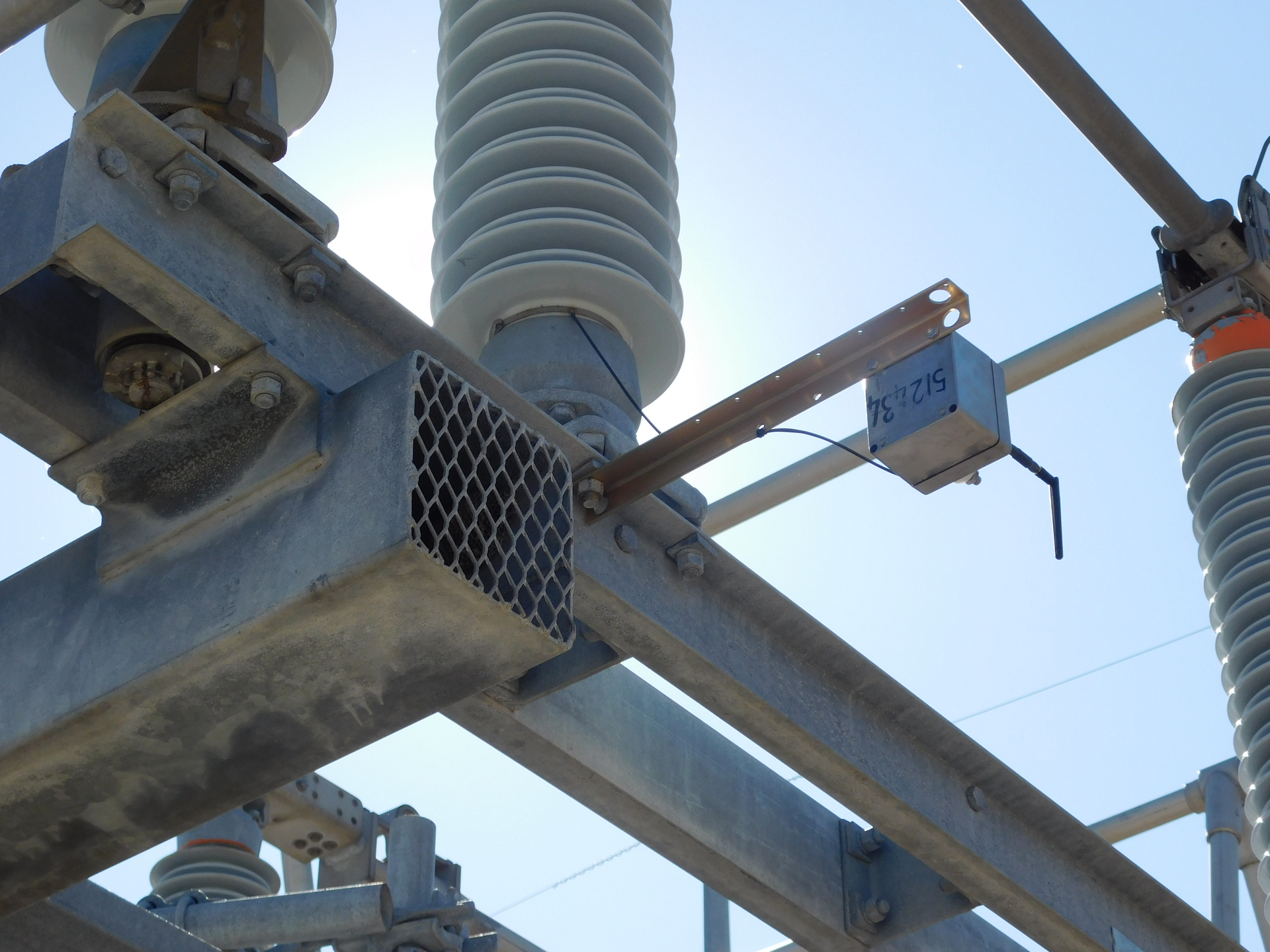
This mode of wave propagation can exist only where there are two conductors, and it is the dominant mode of wave propagation where the cross-sectional dimensions of the transmission line are small compared to the wavelength of the signal. This is known as the principal mode, or TEM ( Transverse Electric and Magnetic) mode. Along the length of a normal transmission line, both electric and magnetic fields are perpendicular (transverse) to the direction of wave travel. What is Transverse Electric and Magnetic (TEM) Wave Propagation?Īll electromagnetic waves consist of electric and magnetic fields propagating in the same direction of travel, but perpendicular to each other.

However, because waveguides are single-conductor elements, the propagation of electrical energy down a waveguide is of a very different nature than the propagation of electrical energy down a two-conductor transmission line. In a sense, all transmission lines function as conduits of electromagnetic energy when transporting pulses or high-frequency waves, directing the waves as the banks of a river direct a tidal wave. Waveguides may be thought of as conduits for electromagnetic energy, the waveguide itself acting as nothing more than a “director” of the energy rather than as a signal conductor in the normal sense of the word. Moisture is not as severe a problem in waveguides as it is within coaxial cables, either, and so waveguides are often spared the necessity of gas “filling.” With only a single conductor (the waveguide’s “shell”), there are no concerns with proper conductor-to-conductor spacing, or of the consistency of the dielectric material, since the only dielectric in a waveguide is air. When functioning as transmission lines, though, waveguides are considerably simpler than two-conductor cables-especially coaxial cables-in their manufacture and maintenance. Usage of Waveguides as a Transmission Line Below such frequencies, waveguides are useless as electrical transmission lines. Waveguides are practical only for signals of extremely high frequency, where the wavelength approaches the cross-sectional dimensions of the waveguide. Wave guides conduct microwave energy at lower loss than coaxial cables. The tube wall provides distributed inductance, while the empty space between the tube walls provide distributed capacitance.

A waveguide is a special form of transmission line consisting of a hollow, metal tube.


 0 kommentar(er)
0 kommentar(er)
